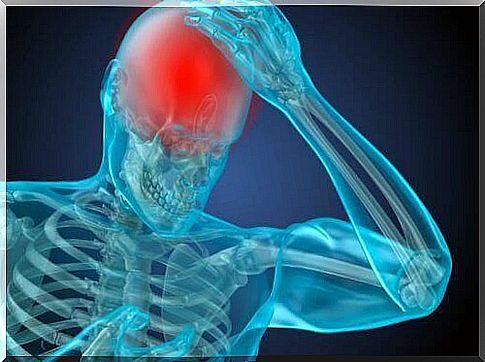Tramadol: What It Is And In Which Cases It Is Indicated

Tramadol is a drug indicated for pain relief. For this purpose, it acts on the nerve cells of the spinal cord and the brain. However, we will look at the mechanism of action of this drug later and in detail.
It is, therefore, an effective analgesic against the pain experienced by the subject due to an operation. A single 100 mg dose of this drug is equivalent to 1 g of acetaminophen, one of the most widely used pain relievers in the world.
Although belonging to the category of opioid drugs, tramadol acts differently.
In addition to its use in case of pain, researchers have also studied its use in case of depression and against obsessive-compulsive disorder, since it works by stimulating the secretion of serotonin. However, there are still no studies on its effects as a long-term antidepressant.
Let’s find out more about opiate drugs

The category of opioids is a set of active ingredients characterized by a strong analgesic effect. They work by interacting with receptors found mainly in the central nervous system and in the gastrointestinal tract.
Although the term opiate is often used to refer to all opium-like drugs, it is more appropriate to limit the scope to the natural alkaloids of opium and their semi-synthetic derivatives.
In this sense, we can distinguish three large groups:
- Opium alkaloids : morphine and codeine.
- Semi-synthetic opioids : heroin and oxycodone.
- Synthetic opioids: tramadol
How does tramadol affect the body?
The mechanism of action of this drug is twofold ; that is to say that it releases its analgesic effect thanks to the combination of two simultaneous mechanisms. On the one hand, it has an agonist action on central type opioid receptors μ .
In addition to its agonism with opioid receptors, the analgesic effect of tramadol is also due to its ability to block the reuptake of synaptic amines. In light of this, interest has arisen to study further indications of this drug in case of depression.
We can therefore say that it inhibits the reuptake of norepinephrine and serotonin in the central nervous system, thus preventing the transmission of the pain impulse through the medulla.
In which cases is tramadol indicated?

Tramadol is a drug indicated in the treatment of pain of moderate to severe intensity, as we have already clarified at the beginning of the article.
The dose to be administered should be prescribed according to the pain intensity and sensitivity of each patient. However, the lowest dose should be given for it to be effective without causing side effects.
There are some population groups where the dosage must be more scrupulously moderate because due to their clinical situation they are more vulnerable to possible complications. These bands are:
- Adults and adolescents over 12 years: they should never take a daily dosage higher than 400 mg. In the event that the disease is particularly severe and prolonged treatment is required, the specialist will have to strictly supervise the treatment.
- Older people: There is usually no need to adjust the dose until age 75 if there is no renal or hepatic insufficiency with symptoms. As we age, dosing intervals tend to be prolonged.
- Patients with renal insufficiency or hepatic insufficiency: the physician will tend to extend the dosage intervals according to the clinical needs of each patient.
Side effects of tramadol

Like other drugs, tramadol is not free from undesirable effects. Among the most common are nausea and dizziness.
However, it can also generate other symptoms, including:
- Psychiatric anomalies: addiction.
- Problems of the gastrointestinal system.
- Changes in vision.
- Involvement of the nervous system.
Conclusions
This drug requires a doctor’s approval, so it should not be taken without a prescription. Incorrect use of tramadol can lead to dependence with serious health consequences.









